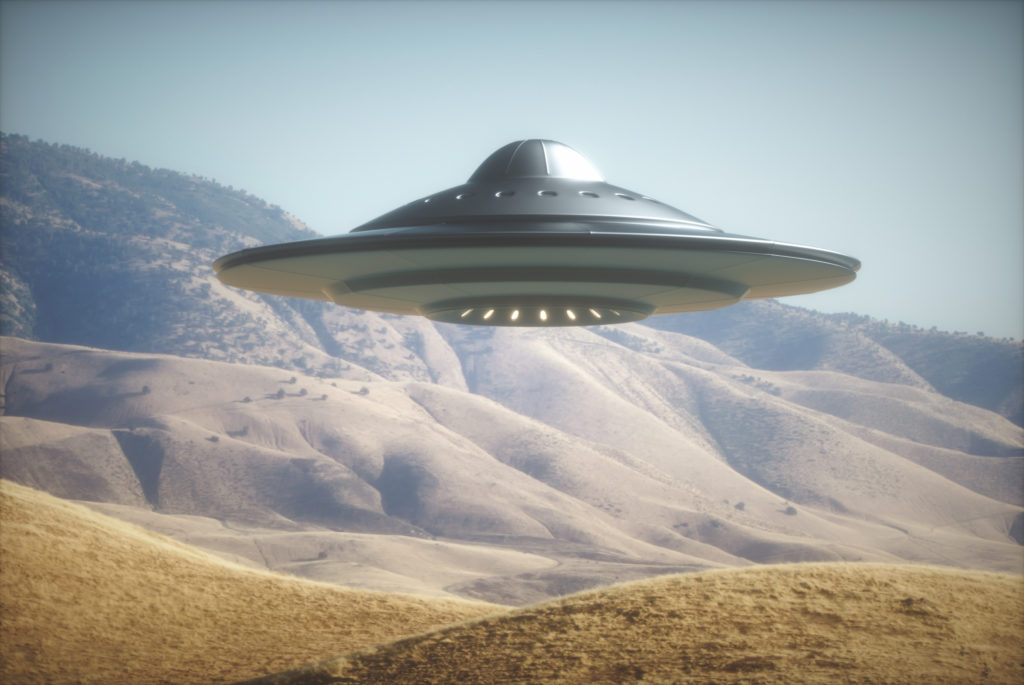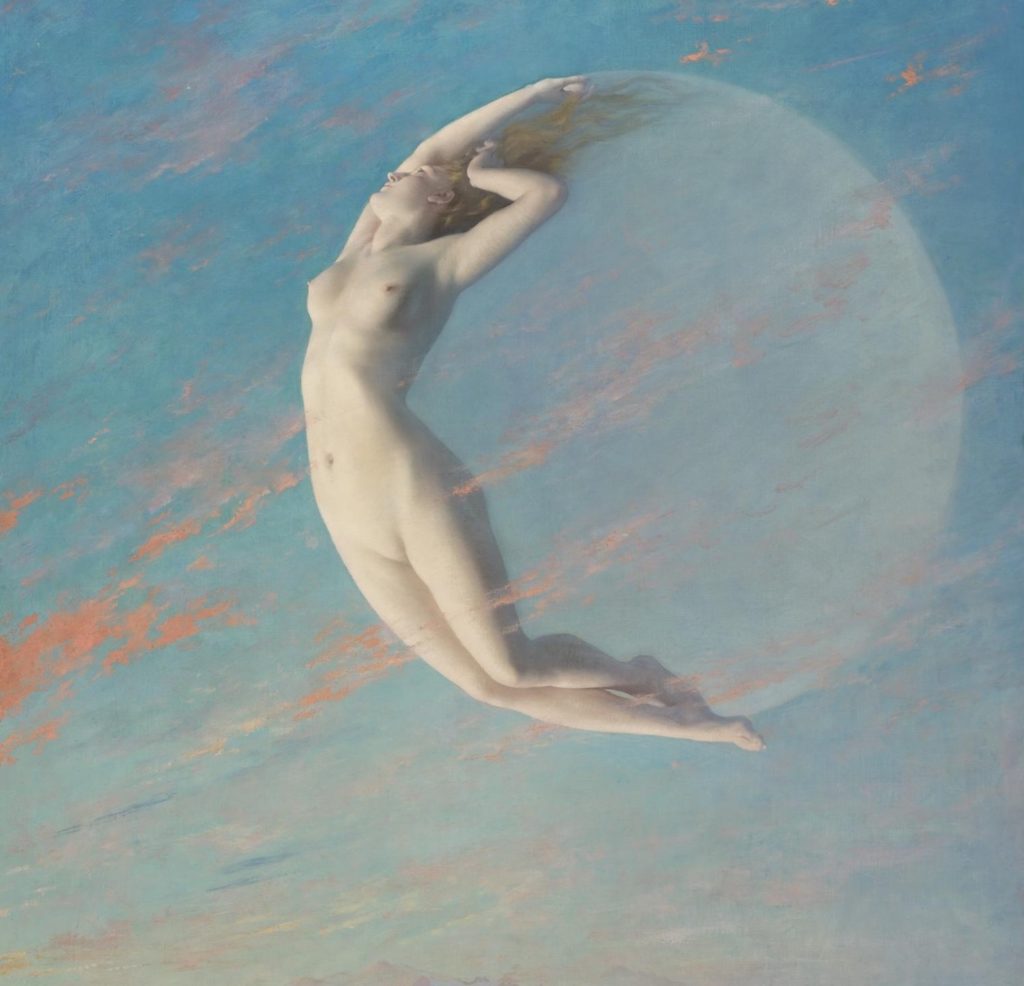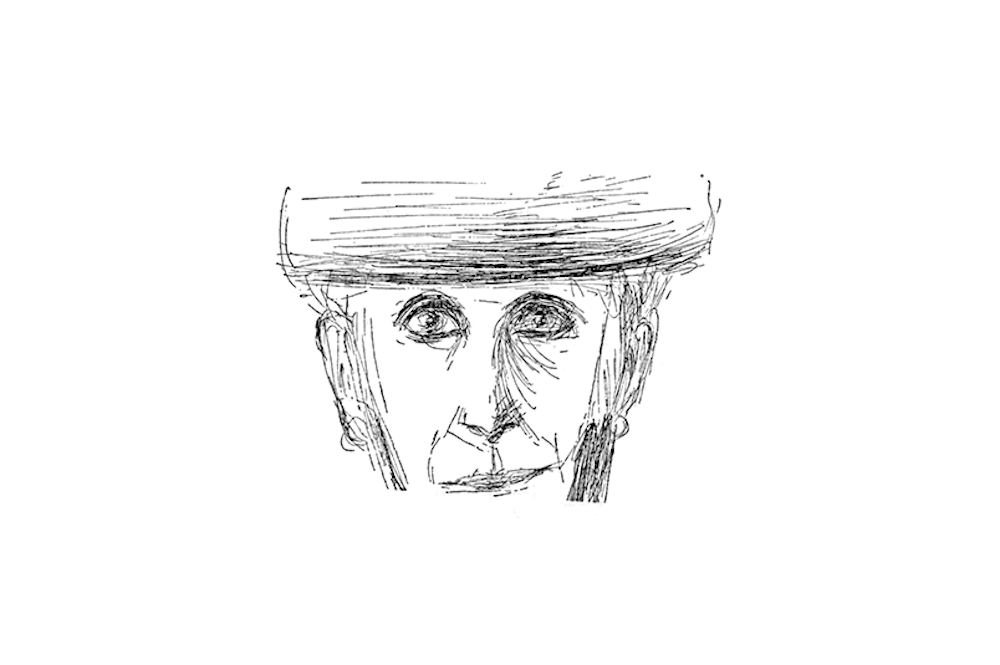002 ArchivesJames Webb Space Telescope peers at some of the most distant galaxies in the universe. Now, it's looked into ours.
Astronomers turned Webb — the most powerful observatory in space — to a portion of the Milky Way's core, capturing extreme ongoings and vigorous star formation in unprecedented detail. Unlike the Hubble telescope, which largely views visible light, Webb views a type of light called infrared. These longer wavelengths penetrate thick clouds of cosmic gas, affording never-before-seen cosmic imagery.
"There’s never been any infrared data on this region with the level of resolution and sensitivity we get with Webb, so we are seeing lots of features here for the first time," Samuel Crowe, an undergraduate student at the University of Virginia in Charlottesville who led the imaging project, said in a statement. "Webb reveals an incredible amount of detail, allowing us to study star formation in this sort of environment in a way that wasn’t possible previously."
SEE ALSO: You've got to see Webb telescope's eerie view of the Crab NebulaThis galactic area is dubbed Sagittarius C (Sgr C), a region that's home to intense star formation and located some 25,000 light-years beyond Earth, which is relatively close in cosmic terms. For reference, one light-year equals 5.88 trillion miles. Here's what you're seeing in the image captured by the Webb telescope's NIRCam (Near-Infrared Camera) instrument (the second image is labeled).
- Half a million stars: "An estimated 500,000 stars shine in this image of the Sagittarius C (Sgr C) region, along with some as-yet-unidentified features," NASA explained.
- Cluster of protostars:At the center-left is a bright pink amorphous shape. This is a group of protostars, which are growing stars. "At the heart of this young cluster is a previously known, massive protostar over 30 times the mass of our Sun," the space agency noted. "The cloud the protostars are emerging from is so dense that the light from stars behind it cannot reach Webb, making it appear less crowded when in fact it is one of the most densely packed areas of the image."
- Vast region of chaotic gas: The expansive region (some 25 light-years across) colored cyan is a type of hydrogen gas "containing needle-like structures that lack any uniform orientation," NASA said. A future research question is investigating what drove the formation of this vast gaseous cloud.
 A star-filled region of space near the core of the Milky Way galaxy. Credit: NASA / ESA / CSA / STScI / Samuel Crowe (UVA)
A star-filled region of space near the core of the Milky Way galaxy. Credit: NASA / ESA / CSA / STScI / Samuel Crowe (UVA)  Labeled portions of the Webb telescope's view of the Sagittarius C region of the Milky Way. Credit: NASA / ESA / CSA / STScI / Samuel Crowe (UVA)
Labeled portions of the Webb telescope's view of the Sagittarius C region of the Milky Way. Credit: NASA / ESA / CSA / STScI / Samuel Crowe (UVA) A momentous feature of the Milky Way galaxy's core is not featured here. At the center of most galaxies lies a supermassive black hole (an object so dense and gravitationally powerful that not even light can escape its grasp), and at the core of the Milky Way lies Sagittarius A*. It has the mass of some 4 million suns, though black holes can be much, much more massive.
The Webb telescope — a scientific collaboration between NASA, the ESA, and the Canadian Space Agency — is designed to peer into the deepest cosmos and reveal new insights about the early universe. But it's also peering at intriguing planets in our galaxy, along with the planets and moons in our solar system.
Want more scienceand tech news delivered straight to your inbox? Sign up for Mashable's Light Speed newslettertoday.
Here's how Webb is achieving unparalleled feats, and likely will for decades:
- Giant mirror: Webb's mirror, which captures light, is over 21 feet across. That's over two and a half times larger than the Hubble Space Telescope's mirror. Capturing more light allows Webb to see more distant, ancient objects. As described above, the telescope is peering at stars and galaxies that formed over 13 billion years ago, just a few hundred million years after the Big Bang.
"We're going to see the very first stars and galaxies that ever formed," Jean Creighton, an astronomer and the director of the Manfred Olson Planetarium at the University of Wisconsin–Milwaukee, told Mashable in 2021.
- Infrared view: Unlike Hubble, which largely views light that's visible to us, Webb is primarily an infrared telescope, meaning it views light in the infrared spectrum. This allows us to see far more of the universe. Infrared has longer wavelengths than visible light, so the light waves more efficiently slip through cosmic clouds; the light doesn't as often collide with and get scattered by these densely packed particles. Ultimately, Webb's infrared eyesight can penetrate places Hubble can't.
"It lifts the veil," said Creighton.
- Peering into distant exoplanets: The Webb telescope carries specialized equipment called spectrographsthat will revolutionize our understanding of these far-off worlds. The instruments can decipher what molecules (such as water, carbon dioxide, and methane) exist in the atmospheres of distant exoplanets — be they gas giants or smaller rocky worlds. Webb will look at exoplanets in the Milky Way galaxy. Who knows what we'll find?
"We might learn things we never thought about," Mercedes López-Morales, an exoplanet researcher and astrophysicist at the Center for Astrophysics-Harvard & Smithsonian, told Mashable in 2021.
Already, astronomers have successfully found intriguing chemical reactions on a planet 700 light-years away, and as described above, the observatory has started looking at one of the most anticipated places in the cosmos: the rocky, Earth-sized planets of the TRAPPIST solar system.
 An artist's conception of the James Webb Space Telescope orbiting the sun 1 million miles from Earth. Credit: NASA GSFC / CIL / Adriana Manrique Gutierrez
An artist's conception of the James Webb Space Telescope orbiting the sun 1 million miles from Earth. Credit: NASA GSFC / CIL / Adriana Manrique Gutierrez  Tennessee vs. Kentucky 2025 livestream: How to watch March Madness for free
Tennessee vs. Kentucky 2025 livestream: How to watch March Madness for free
 Staff Picks: Battle Hymns, Boarding Schools, and Bach by The Paris Review
Staff Picks: Battle Hymns, Boarding Schools, and Bach by The Paris Review
 Staff Picks: Royals, Rothkos, and Realizations by The Paris Review
Staff Picks: Royals, Rothkos, and Realizations by The Paris Review
 More UFOs Than Ever Before by Rich Cohen
More UFOs Than Ever Before by Rich Cohen
 'Thunderbolts*' mid
'Thunderbolts*' mid
 The Exceptional Dovey Johnson Roundtree by Tayari Jones
The Exceptional Dovey Johnson Roundtree by Tayari Jones
 The Controversial Origin of Asian American Studies by Tara Fickle
The Controversial Origin of Asian American Studies by Tara Fickle
 Silicon Valley Hustling: An Interview with Anna Wiener by Pete Tosiello
Silicon Valley Hustling: An Interview with Anna Wiener by Pete Tosiello
 Redux: Even Forests Engage in a Form of Family Planning by The Paris Review
Redux: Even Forests Engage in a Form of Family Planning by The Paris Review
 Moon Mothering by Katy Kelleher
Moon Mothering by Katy Kelleher
 Redux: One Empty Seat by The Paris Review
Redux: One Empty Seat by The Paris Review
 Turtle, Turtle by Jill Talbot
Turtle, Turtle by Jill Talbot
 Redux: So Much Loneliness in That Gold by The Paris Review
Redux: So Much Loneliness in That Gold by The Paris Review
 Now’s The Time: An Interview with David Amram by Gary Lippman
Now’s The Time: An Interview with David Amram by Gary Lippman
 Our Contributors’ Favorite Books of 2019 by The Paris Review
Our Contributors’ Favorite Books of 2019 by The Paris Review
 Best smartwatch deal: Save 44% on CMF Watch Pro for $38.90 at Amazon
Best smartwatch deal: Save 44% on CMF Watch Pro for $38.90 at Amazon
 The False Innocence of Black Pete by Philip Huff
The False Innocence of Black Pete by Philip Huff
DoorDash helps users combat food wasteVivo is launching the first phone with an underIt looks like audiobooks are finally coming to the Google Play storeRupert Murdoch wants Facebook to pay publishers, which is adorableGoogle Play adds support for audiobooks with Google Assistant built inJames Franco accusers tell their story on 'Good Morning America'Woman harassed by man who won't take no for an answer gets rescued by helpful strangerWe urgently need to talk about the grey areas of bad sexual encountersXbox Game Pass now gives access to Xbox exclusives on launch dayYou can win HQ, but you’ll never get that money. Probably.Where to watch all of 2018's OscarMontana adds its own net neutrality rules in defiance of FCCDoorDash helps users combat food wasteCar expert Bob Lutz thinks Tesla cars could soon become collectablesIn a first for video games, a major sports league is making its own gameKFC wings now come in a DIY drone box because 2018Ongoing feud between hotel and YouTuber escalates even more dramaticallyFiring Kevin Spacey reportedly cost Netflix a whopping $39 millionNeil Diamond announces retirement from touring following Parkinson’s disease diagnosisAdobe adds AI Women found Trump's body language towards Angela Merkel so painfully familiar Starbucks finally rolls out mobile app in its fastest iPhone photography is about to help these adorable animals get adopted Hire care enjoys the wet sand between its tires after being swept up by tide Dewalt Grease Gun Kit deal: Save $140 at Amazon Google's figured out how to store even more selfies on your phone Google Chrome is definitely not judging you and your 100 incognito tabs Donald Trump and Angela Merkel's photo op wins for awkwardness These delicious cakes are actually disgusting vegetables in disguise Rude NYC duck holds up commuters for jaunt on subway tracks Pro 'Overwatch' team is dominating their competition in the most unlikely ways Trump wants to kill the energy program that helped make Tesla what it is today Indulge your fear of heights with China's latest glass bridge The feud between Britain and Sean Spicer is getting ridiculous FBI arrested the troll who allegedly sent seizure Obama's photographer will never be done trolling Trump Donald Trump tweets about St. Patrick's Day, everyone makes the same joke Soccer star punches himself in the face 9 times, instantly becomes meme Google Motion Stills Live Photo editing app is updated LG G6 will launch on April 7 on all four major U.S. carriers
1.8344s , 10158.515625 kb
Copyright © 2025 Powered by 【2002 Archives】,Unobstructed Information Network